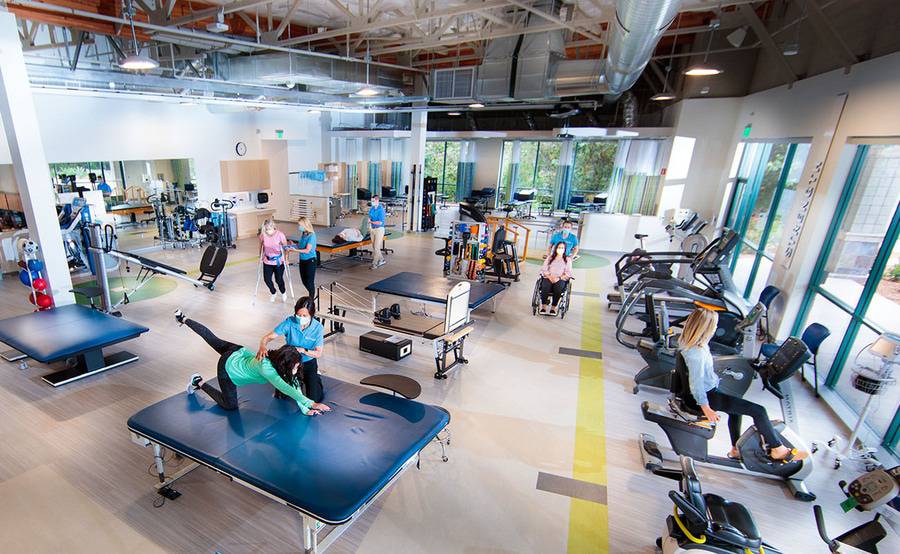Exploring the Impact of Hands-on Therapy Techniques on Reducing Musculoskeletal Pain and Enhancing Patient Outcomes
Exploring the Impact of Hands-on Therapy Techniques on Reducing Musculoskeletal Pain and Enhancing Patient Outcomes
Blog Article
Manual therapy techniques are manual approaches used by healthcare providers to address musculoskeletal discomfort. These techniques include different forms of adjustment and mobilization of the body’s muscles and articulations. The goal of hands-on therapy is to relieve discomfort, improve mobility, and enhance overall performance. Numerous people suffer from muscle and joint pain due to trauma, suboptimal posture, or disorders like arthritis. By applying hands-on therapy, therapists aim to address these issues and help clients regain their standard of living.
One common manual therapy technique is spinal manipulation. This technique involves using precise pressure to the vertebral column to enhance positioning and decrease discomfort. Studies has demonstrated that vertebral adjustment can be beneficial in treating lumbar spinal discomfort and cervical discomfort. Another method is soft tissue mobilization, which focuses on relieving tension in the muscles and connective structures. This can help reduce rigidity and improve flexibility, making it simpler for clients to navigate without discomfort. Both techniques can be tailored to satisfy the specific needs of each patient, ensuring a custom method to treatment.
In addition to pain alleviation, manual therapy can improve client results in multiple ways. For example, it can improve circulation, which helps deliver oxygen and nutrients to the injured regions of the body. Improved blood flow can also promote healing and reduce inflammation. Furthermore, manual treatment can help clients gain enhanced physical consciousness, which is crucial for preventing subsequent injuries. By understanding how their bodies move, clients can make more knowledgeable decisions about their movements and alignment, leading to sustained advantages.
The effectiveness of manual treatment is often supported by client responses. Numerous patients report significant improvements in their discomfort intensity and overall function after undergoing care. This favorable reaction can lead to increased drive for patients to engage in rehabilitative exercise and recovery exercises. When patients feel improved, they are much likely to engage in their rehabilitation process, which can further enhance their results. This collaborative method between the provider and the client is essential for attaining lasting results.
In summary, hands-on treatment methods play a vital role in alleviating musculoskeletal discomfort and see here enhancing patient outcomes. By applying techniques such as vertebral manipulation and soft tissue manipulation, healthcare professionals can help clients recover mobility and reduce discomfort. The benefits of hands-on therapy extend further than instant pain relief, as it also encourages healing and encourages clients to take an active role in their recovery. As more individuals look for efficient therapies for muscle and joint concerns, hands-on therapy continues to be an essential choice in the field of medicine.